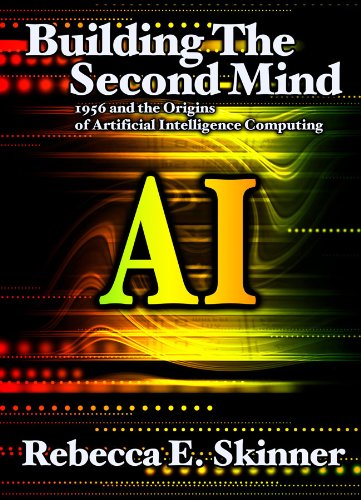
Building the Second Mind: 1956 and the Origins of Artificial Intelligence Computing
by Rebecca E. Skinner
Publisher: UC Berkeley 2012
ISBN/ASIN: B00CWH5Z4U
Number of pages: 214
Description:
'Building the Second Mind: 1956 and the Origins of Artificial Intelligence Computing' tells the history of the origins of AI. As the field that seeks to do things that would be considered intelligent if a human being did them, AI is a constant of human thought.
Download or read it online for free here:
Download link
(1.3MB, PDF)
Download mirrors:
Mirror 1
Similar books
 Brief Introduction to Educational Implications of Artificial Intelligence
Brief Introduction to Educational Implications of Artificial Intelligenceby David Moursund - University of Oregon
This book is designed to help teachers learn about the educational implications of current uses of Artificial Intelligence as an aid to solving problems and accomplishing tasks. The text is designed for self-study or for use in workshops.
(16786 views)
 Artificial Intelligence - Agents and Environments
Artificial Intelligence - Agents and Environmentsby William John Teahan - BookBoon
This book is the first in a series on Artificial Intelligence. It provides an introduction to the topic with an emphasis on the use of agent-oriented design. Topics include agents, environments, agent movement, and agent embodiment.
(15344 views)
 The Boundaries of Humanity: Humans, Animals, Machines
The Boundaries of Humanity: Humans, Animals, Machinesby J. Sheehan, M. Sosna - University of California Press
To the age-old debate over what it means to be human, the relatively new fields of sociobiology and artificial intelligence bring new insights. What have these two fields in common? Have they affected the way we define humanity?
(16106 views)
 Autonomous Agents
Autonomous Agentsby Vedran Kordic - InTech
The field of multi agent systems investigates the process underlying distributed problem solving and designs some protocols and mechanisms involved in this process. This book presents an overview of the research issues in the field of multi agents.
(11319 views)